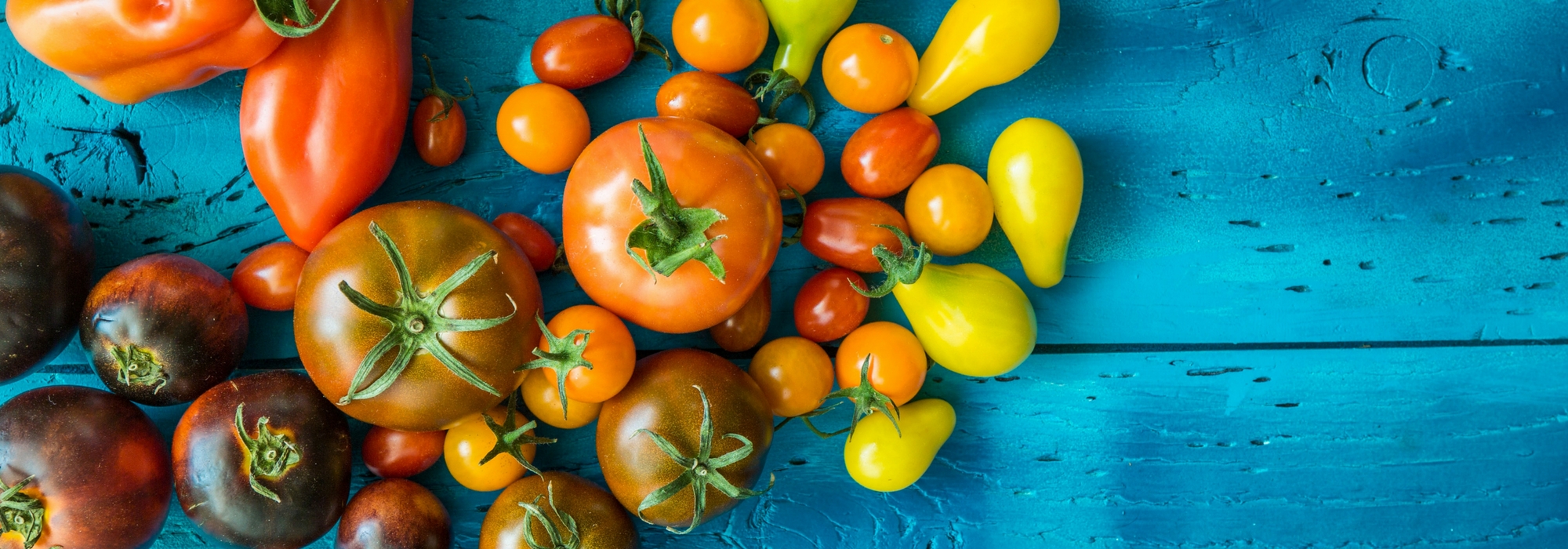
Grafted vegetable young plants
What is it? What is the benefit of a vegetable garden?
Contents
For centuries, the grafting technique has been used in arboriculture to make the most of two cultivated varieties. The rootstock generally provides vigour to the graft, which is grown for the taste quality of its fruits. Today, grafts are applied to vegetables and grafted vegetable plants offer numerous advantages. What is a grafted vegetable? What are the benefits? How to grow it? Can you graft your own vegetables? Discover the answers to all your questions!
What is a graft, and what are its benefits?
What is a grafted vegetable?
Grafted young plants are the result of a professional technique, often used in market gardening, which involves combining the genetic advantages of two different species (or varieties) on the same young plant. A grafted vegetable consists of:
- A lower part that includes the root system and the collar, which is the rootstock.
- The upper part of the plant that includes the stem (which will bear the fruits), which is the scion.
- The junction of the two plants occurs just above the collar, this part of the plant is situated between the roots and the stem.
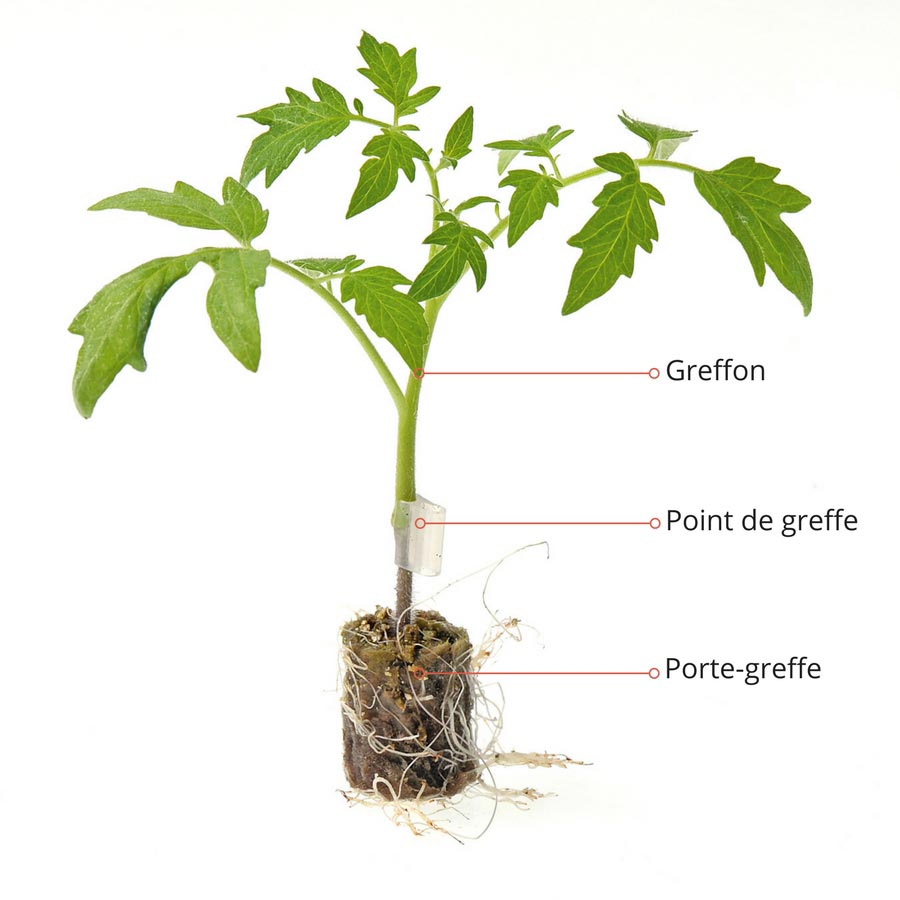
The different parts of a grafted vegetable
A rootstock will be selected for its disease resistance and for its vigor. These advantages will be passed on to the scion, which is selected for the flavour qualities of the fruit.
What are the advantages of grafting?
The main benefits of a grafted vegetable are:
- A better vigor of the plants and therefore better productivity.
- A better resistance to diseases and pests.
- Young plants that are earlier and produce over a longer period.
- The fruiting of grafted plants starts lower down on the main stem.
Which vegetables are grafted?
Grafting is mainly done on fruiting vegetables, which are those with the longest cycle between sowing and harvest. The most commonly grafted species are tomatoes, peppers, and eggplants in the Solanaceae family, followed by cucumbers, courgettes, melons, and watermelons in the Cucurbitaceae family. Discover our range of grafted vegetables!
Growing grafted vegetables
Precautions for Cultivating Grafted Young Plants
In the vegetable garden, grafted vegetables are cultivated in the same way as non-grafted vegetables. It is essential to ensure that the grafting point is not buried under the soil, as this may cause it to produce new stems. The fruits from these stems would have the characteristics of the rootstock rather than the scion! Find our other tips for successfully planting plug plants.
Also, make sure to remove the clip from the grafting point when the stems are strong enough and the graft has taken well. To do this, simply press gently on the opposite side, just like you would with a clothes peg!
Discover other Grafted plants
View all →Available in 0 sizes
Available in 1 sizes
Available in 1 sizes
Available in 1 sizes
Available in 1 sizes
Available in 1 sizes
Available in 1 sizes
Available in 1 sizes
Available in 2 sizes
Available in 1 sizes
Graft your own vegetables
It is entirely possible to create your own grafted vegetables, although it is more suited to experienced gardeners, as it requires equipment, technical skills, and a lot of practice! Indeed, the first grafts are often unsuccessful!
Sowing seeds for grafting is done early in the season; it is better to have a growing chamber with artificial light to obtain strong, stocky young plants. Grafted young plants require a humid chamber during the recovery period. Rootstock varieties are not always easy to find and each will bring its specific advantages to the scions. Examples of rootstock tomato varieties include: ‘Arnold’, ‘Petit moineau‘, ‘Beaufort’, ‘Multifort’, etc.
Rootstock seeds are always sown before scion seeds. The time gap between the two sowings depends on the grafting technique you wish to use. It varies from one week to about 20 days. There are many grafting methods: Japanese top grafting, cleft grafting, toothpick grafting, approach grafting, copper wire grafting, and screwdriver grafting.
Example: Japanese top grafting:
This technique involves cutting the rootstock just above the cotyledons at a 45° angle with a sharp, disinfected scalpel. The scion is cut at the same angle, ensuring that the diameter of both stems is identical. The two cut areas are brought into contact, and the addition of a silicone clip helps to hold them together. The grafted plant is placed in a humid, dark chamber to promote healing, which occurs after a few days.
- Subscribe!
- Contents


































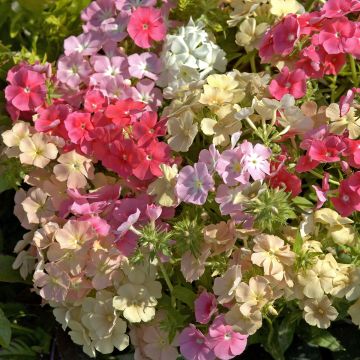
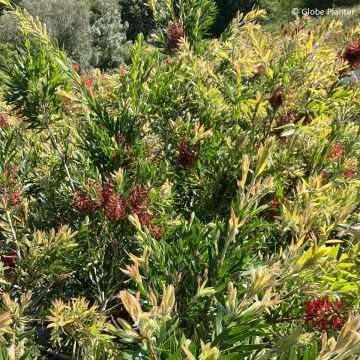
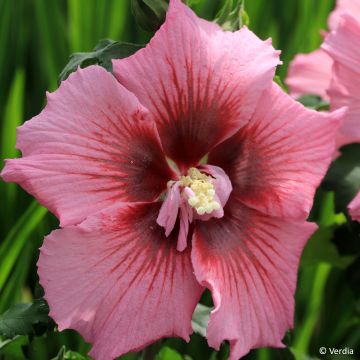



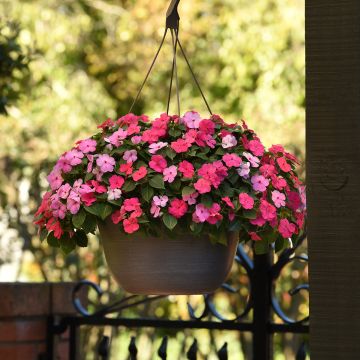
Comments